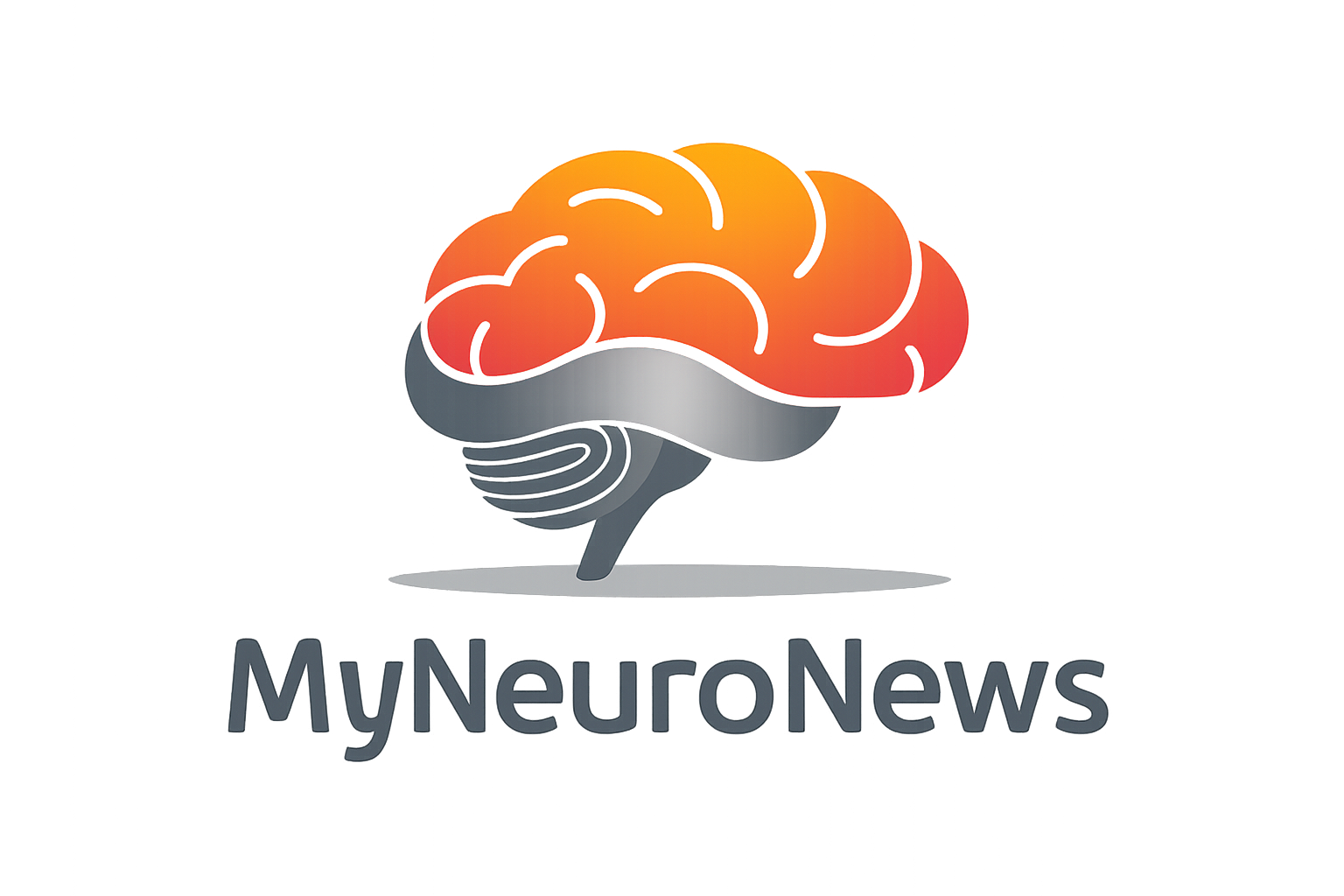Mild Traumatic Brain Injury (mTBI), commonly referred to as a concussion, has been a growing focus in neurology due to its potential long-term effects on cognitive and emotional health. The need for early diagnosis and ongoing monitoring has led to the development of various tools aimed at assessing brain function post-injury. One such tool is the Immediate Post-Concussion Assessment and Cognitive Test (IMPACT).
In this article, we will explore what the IMPACT test is, how it is conducted, and its importance in both screening and monitoring concussed individuals. It is also important to note that while the IMPACT test offers valuable insights, it cannot replace the expertise of a neurologist or neuropsychologist in making a definitive diagnosis or providing comprehensive treatment. However, it can serve as a useful adjunct in the process of treatment planning.
What is the IMPACT Test?
The IMPACT test is a computerized neurocognitive assessment that is widely used to evaluate the cognitive function of individuals who may have sustained a concussion. It was developed in the 1990s by Dr. Mark Lovell, Dr. Joseph Maroon, and Dr. Michael Collins to assist in managing sports-related concussions.
The test measures several aspects of cognitive functioning, including:
- Attention span
- Working memory
- Visual and verbal memory
- Reaction time
- Processing speed
The IMPACT test is particularly popular in the context of sports medicine, where rapid decisions regarding return-to-play are crucial. However, its application has expanded to other areas, such as general neurology, school health programs, and legal settings, especially where the detection and management of mild traumatic brain injuries are critical.
How is the IMPACT Test Conducted?
The IMPACT test is administered online and typically takes about 25-30 minutes to complete. It consists of various tasks designed to assess cognitive abilities that can be impacted by a concussion. The test includes the following components:
- Demographic Questionnaire: Before the cognitive assessment begins, the test collects basic information such as age, education level, concussion history, and current symptoms.
- Symptom Inventory: Individuals are asked to rate symptoms such as headaches, dizziness, nausea, difficulty concentrating, and memory problems. This helps in correlating subjective symptoms with the objective results of the test.
- Cognitive Testing: This portion of the test assesses multiple domains of cognitive function through tasks such as:
- Word memory: The individual is shown a series of words and asked to recall them later.
- Design memory: Visual patterns are presented, and the individual is asked to identify them after a delay.
- X’s and O’s: This measures attention and reaction time by having individuals remember the location of symbols while responding to distractors.
- Symbol matching: This assesses processing speed by having the test taker match symbols to numbers under time constraints.
- Three-letter sequence: This measures working memory by asking individuals to recall letters after performing a distracting task.
- Post-Test Analysis: The results of the cognitive tests are compared to a baseline assessment, which is typically taken when the individual is healthy. This comparison helps to identify cognitive deficits that may be related to a concussion. In cases where a baseline is not available, normative data can be used for comparison.
The test can be administered multiple times to track recovery, providing clinicians with valuable data on how the brain is healing over time.
The Importance of the IMPACT Test
The IMPACT test holds significant value in the early detection and ongoing management of concussions. While it cannot directly diagnose a concussion, it offers an objective measure of cognitive impairment that can complement clinical evaluations. Its importance lies in several key areas:
1. Early Screening
After a head injury, symptoms may not immediately appear, or the individual may downplay them due to external pressures, such as returning to work or sports. The IMPACT test offers an early, objective measure of cognitive function that can help identify deficits that might not be immediately apparent. This is especially important in settings like sports, where timely decision-making can prevent long-term complications from repeated concussions.
2. Baseline Testing
One of the unique aspects of the IMPACT test is its baseline testing capability. Many athletes or individuals at risk of concussion undergo the test when they are healthy, establishing a cognitive baseline. This provides a comparison point in the event of a future injury, allowing for more accurate assessments of how much cognitive function has been affected by the concussion.
3. Tracking Recovery
Concussion recovery is highly individualized. Some people recover in days, while others may take weeks or even months to fully regain cognitive function. The IMPACT test can be repeated at various points in the recovery process, giving healthcare providers objective data on the individual’s progress. This allows for more personalized treatment planning, as cognitive improvement (or lack thereof) can guide the timing of return to daily activities or, in the case of athletes, return to play.
4. Guiding Treatment
The results of the IMPACT test can help clinicians tailor treatment plans based on the specific cognitive deficits observed. For example, if an individual is having trouble with working memory, rehabilitation efforts can be directed toward improving this area. Similarly, if reaction time remains impaired, this may suggest that more rest or cognitive rehabilitation is needed before the individual resumes activities that require quick decision-making, such as driving or playing sports.
5. Legal and Educational Applications
The test is also used in legal contexts, particularly for evaluating cases where cognitive deficits from a head injury are contested. In education, it can help schools determine whether accommodations are needed for students who have sustained concussions. Monitoring a student’s cognitive recovery can guide decisions about when they are ready to return to full academic workloads or take part in sports again.
The Limitations of the IMPACT Test
While the IMPACT test provides a valuable tool for assessing and monitoring concussions, it is essential to recognize its limitations. It cannot replace a comprehensive evaluation by a neurologist or neuropsychologist.
1. It Does Not Diagnose Concussions
The IMPACT test does not offer a definitive diagnosis of a concussion. Diagnosis of mTBI requires a thorough clinical evaluation, which includes taking a detailed history of the injury, reviewing symptoms, and possibly conducting imaging studies if needed. While the test can suggest cognitive impairment, the full picture must be provided by a qualified healthcare professional.
2. Not a Replacement for Expert Evaluation
While the IMPACT test is a useful screening and monitoring tool, it cannot replace the expertise of a neurologist or neuropsychologist. These specialists bring critical insight into the nuances of brain function and injury. For instance, certain cognitive deficits may be related to conditions other than a concussion, and only a specialist can make those distinctions. Moreover, expert evaluations often include a broader range of cognitive tests, emotional assessments, and clinical interviews that give a more comprehensive view of brain health.
3. Inter-Individual Variability
Cognitive function can vary widely among individuals based on factors such as age, education level, and baseline cognitive ability. This variability can make interpreting test results challenging, particularly if no baseline assessment is available. Normative data can provide some guidance, but it is not as precise as having a pre-injury baseline for comparison.
IMPACT Test as a Part of a Comprehensive Approach
While the IMPACT test is a highly valuable tool, it should always be used as part of a comprehensive approach to diagnosing and treating concussions. Experts in neurology and neuropsychology play a crucial role in interpreting the test results in the context of an individual’s full clinical picture. The test can offer a snapshot of cognitive function, but only a specialist can determine the extent of the injury, provide a diagnosis, and guide long-term treatment.
The role of the IMPACT test is not to replace clinical expertise but to enhance it by providing objective data that can help guide decision-making. It can assist in determining when it is safe for individuals to return to their normal activities or whether further intervention is required. In conjunction with expert clinical evaluations, the IMPACT test can play a critical role in the successful management of concussion patients.
Conclusion
The IMPACT test is a valuable tool in the management of concussions, offering objective data on cognitive function that can aid in screening, monitoring recovery, and treatment planning. However, it is essential to recognize that the test cannot replace the expertise of a neurologist or neuropsychologist. Instead, it should be viewed as part of a broader, multidisciplinary approach to concussion care. By integrating the IMPACT test into a comprehensive evaluation strategy, healthcare providers can improve the quality of care for individuals recovering from head injuries and make informed decisions about their return to normal activities.

